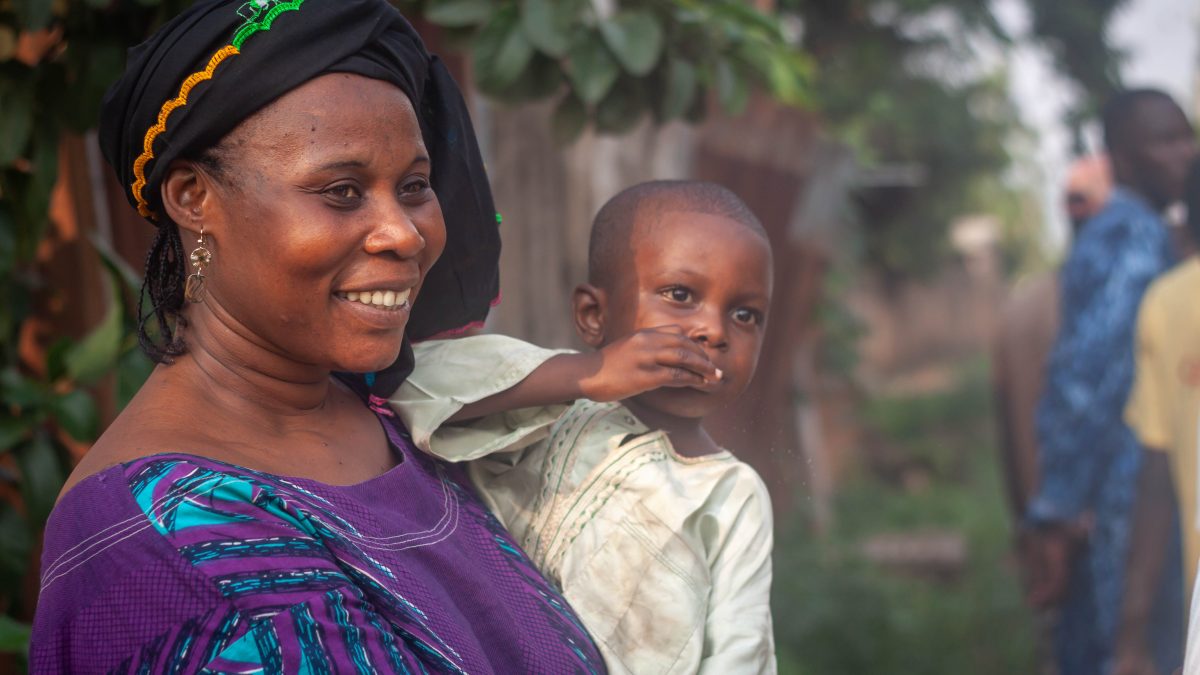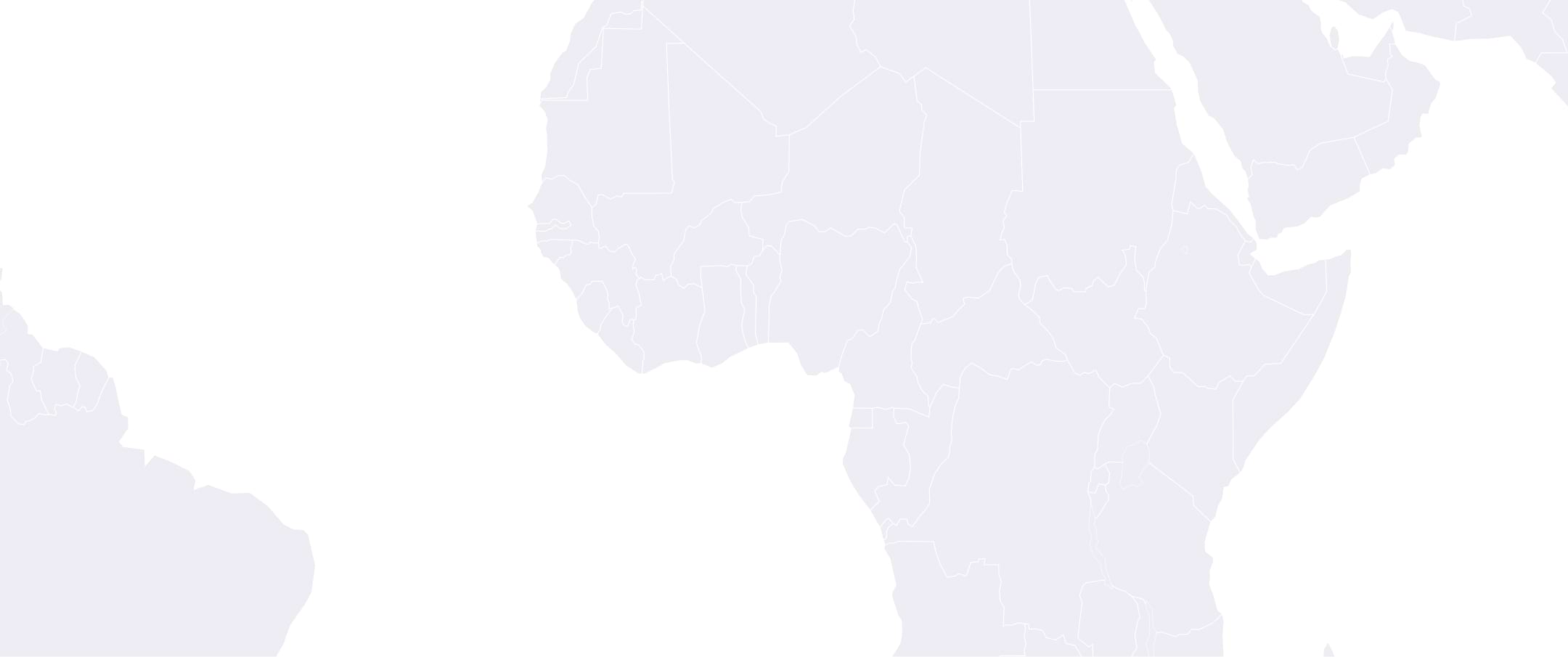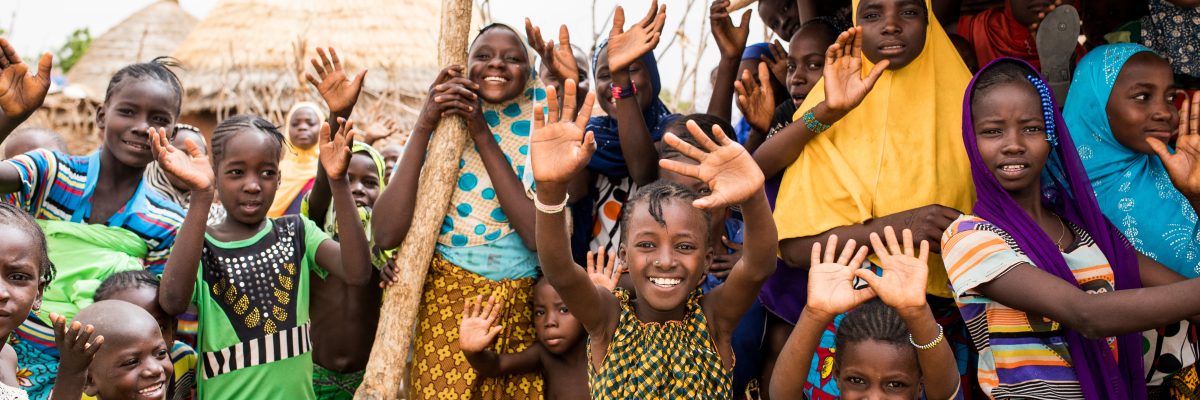Central African Republic

With our support, the Central African Republic stopped Guinea worm disease transmission in 2001. In 2007, the World Health Organization certified the country as free of the disease.
Impact
- Provided endemic communities with supplies and larvicide to prevent transmission
- Supported a CDC consultant working in the country
- Helped stop transmission in 2001
At a Glance

Discover Related Programs
Global Impact Starts with You
Your support sustains the Carter Center's mission of waging peace, fighting disease, and building hope around the world.

